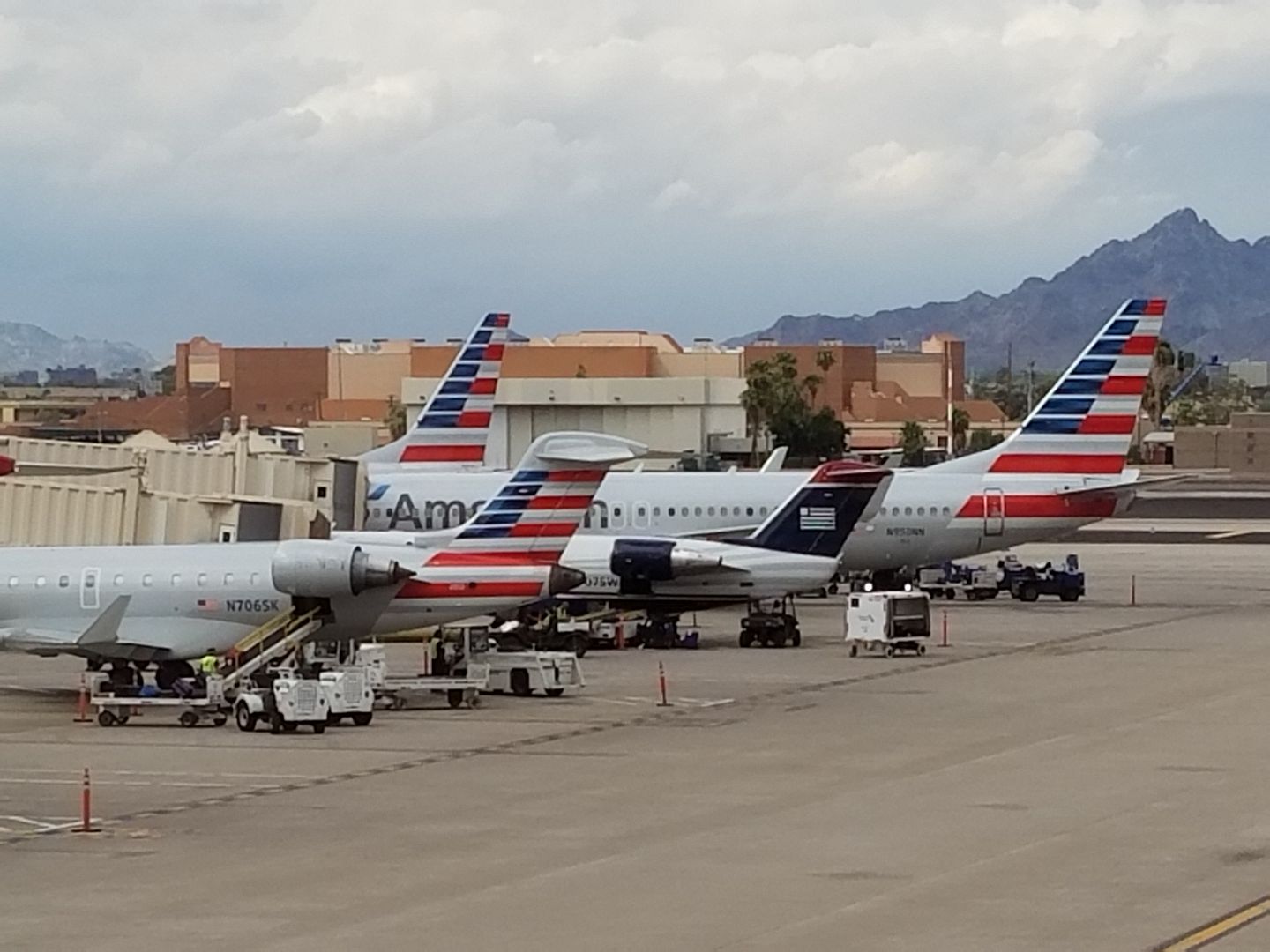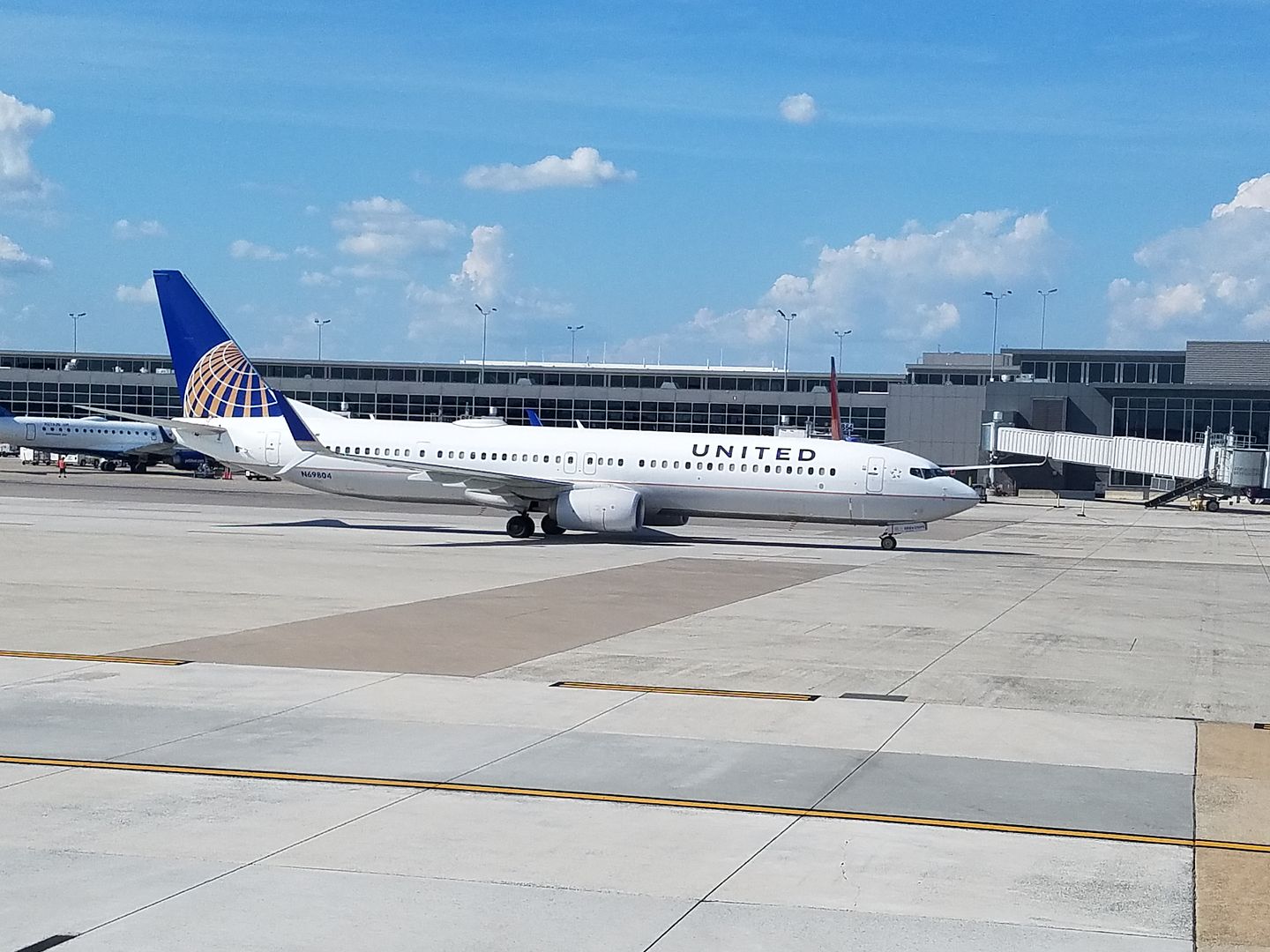In traditional airline economics, a major airline makes money by locating its hub in a major city with significant business travel.
Ideally owning that hub, business customers will pay a premium for non-stop flights and there will be limited competition for those non-stops.
The airline builds its schedule around meeting the needs of those business customers, and then fills empty seats at a discount with leisure passengers. They prevent business customers from buying those cheap leisure fares by placing restrictions on purchase — advance purchase requirement of 14 days, a Saturday night stay for instance.
If you owned a hub you made money with non-stop traffic from that hub, and connecting passengers were filler. The greater percentage of business travelers starting and ending their destinations in your headquarters the better. If local economic conditions changed, the airline’s fortunes did too. Arguably St. Louis was the biggest problem faced by TWA in the early 1990s.
When Scott Kirby was President of American Airlines, he talked about how the old model has been blown up by ultra low cost carriers.

It used to be that airlines would forecast demand for full fare tickets and they would forecast demand for leisure tickets, and those were treated as distinct – but in a world where there are discount fares with no advance purchase requirements that simply isn’t true anymore. People only buy more expensive tickets when less expensive tickets aren’t available.
In the past they segmented customers based on fare rules. Now they’re moving to segmenting customers based on the product those customers want to buy.
At United’s Investor Day last year now United President Kirby argued that connecting traffic is more profitable than non-stop traffic. That’s a surprising claim.

United is rebanking its hubs, which is costly and operationally more difficult, but makes schedules look more appealing (more connecting options and shorter connections) hoping for instance to increase connecting traffic through Newark from 35% to 45% making it ‘more like Philadelphia’ at American.
United says Denver is its most profitable hub because of:
- Low airport costs
- High connecting traffic.
Traditional high yield business routes have become less profitable because those get cherry picked by ultra low cost carriers, and they’re setting the (new low) prices.

Connecting traffic used to be less profitable because it was competitive — Delta, United, or American could take you from one small city through a hub to another small city.
Now connecting traffic is often more profitable because they only have to compete with the major airlines. Ultra low cost carriers have historically offered only limited connecting opportunities.
Connections add cost, but Frontier is experimenting with it, it’s not certain that connecting flights will always mean less competition than non-stops.
However more connecting traffic also means being able to schedule larger planes on a route. Filling a larger plane means lower seat costs. (In contrast it’s less expensive in total to fly a regional jet than it is to fly a widebody but the cost per seat is much higher.) So better connections allow an airline to upgauge aircraft, improving overall economics.


When will I find time to visit the airline lounges if they bank the flights too closely?
Also, flight delays will be brutal.
Glad to see the LCCs are hitting them where it hurts. The big mergers should never have been allowed to go through, but now we see the market’s invisible hand catching up to the majors. Hopefully it will strangle them and restore some balance. Now if we can just get rid of the Essential Air Service nonsense.
Check out XNA airport as an example. Only the big three service this airport and fares are through the roof (and it also happens to be the home airport of Walmart and Tyson foods). They have to be making a killing here.
This all makes sense except making connections shorter. Sure we all like connections that don’t waste a lot of time. It’s nice when you’re in that zone where you step off one flight, walk casually to the next gate a minute or two before boarding starts but….it sure adds stress when you are late. I would think that having too many missed connections hurts airline profits. With so many overbooked passengers maybe I’m wrong.
For the the business traveller the current frequent flier programs are not designed to encourage you to take connections over a competitors direct flight. You get less miles for connecting on a cheaper fare than taking a more expensive direct flight on a competitor.
I am certain you are misinterpreting Kirby’s remarks. Connecting traffic is NOT more profitable than nonstop customers. Passengers, especially higher paying passengers, will always pay a premium for nonstop service (as they should). And you can make more money selling two passengers nonstop flights than one passenger a connecting flight (say BTV-EWR-LAX; you’d rather sell those flights individually for $99 and $249 than as a connecting flight for $299).
This is the reason that the idea of having hubs in uncrowded small cities was a miserable failure. You need the origination/destination traffic to make it work.
This is not to say that a successful hub doesn’t need connecting traffic. To the contrary, it does. It allows you, for example to offer more nonstop service than the local market requires. And the people who live in places like Burlington need a way to get to all the other places in the world. But I can assure you that they don’t make United as much money as New Yorkers do.
Deplaning from the middle of a widebody to make a tight (planned or unplanned because of a delay) connection, then discovering your connecting gate isn’t anywhere nearby? Forget it! Unless United/Delta/American heed your tag line: “So better connections allow an airline to upgauge aircraft, improving overall economics.” And even if your body makes the connection, checked bags worse, so the vicious circle of big carry-ons slowing both boarding and deplaning. (If laptops really will get banned as carry-on, *EVERYONE* will need to check bags.) Big downward spiral looming!
The irony is that imho, loyalty programs had a role in much of that connecting traffic. I live in Austin, and was a loyal execplat to AA for over 10 years, connecting 80% of the time. Now, as a free agent, 95% of my flights are nonstop and I haven’t been through DFW or LAX in 2 years. It’s been so much more productive and cost effective for me in the new model.
I am not impressed that making me fly 2 hrs past my destination, changing planes and traveling 2 hrs back to my final distinction is for my convenience. Are you insane! I need to go non stop from FLL to IAD. 900 miles. It is 2 hrs flight however, Every airline that serves this hub goes first to NEW YORK or this one made me laugh hystericaly, goes to Missouri then changes planes to fly back to Washington DC. This sounds like Alice in Wonderland. These airlines will do anything for 1 lousy dollar. I am looking at train fares now as I Can take a train to Washinton faster than flying to New York with a connecting flight delay of 4 hours between flights. Making my tavel time a stressful 6-8 hours. The train will be 8 hours of relaxation. The sets are large and comfortable.
I agree with Patricia Toomey. Last I checked, airplanes are supposed to get you to your destination faster than trains.
I dont want to travel from Boston to Chicago the long way.
And that’s another thing. What’s the point of having planes that can fly longer and longer distances, if you don’t utilize that ability, and fly those distances?
An ATR-42 or a Q-400 can accomplish 80% of what most domestic airlines do with their 737s or a319s. With the exception of trips to Hawaii. And they can do this at most likely a shred of the cost, and only a handful less seats.